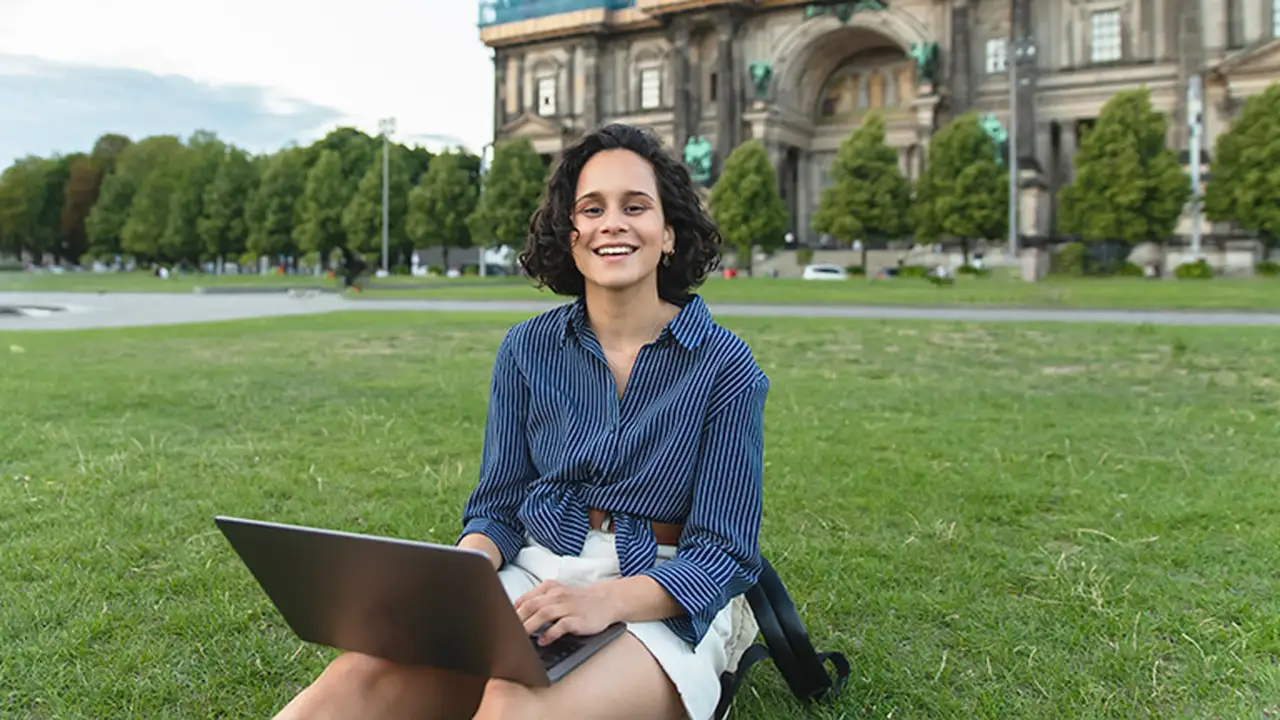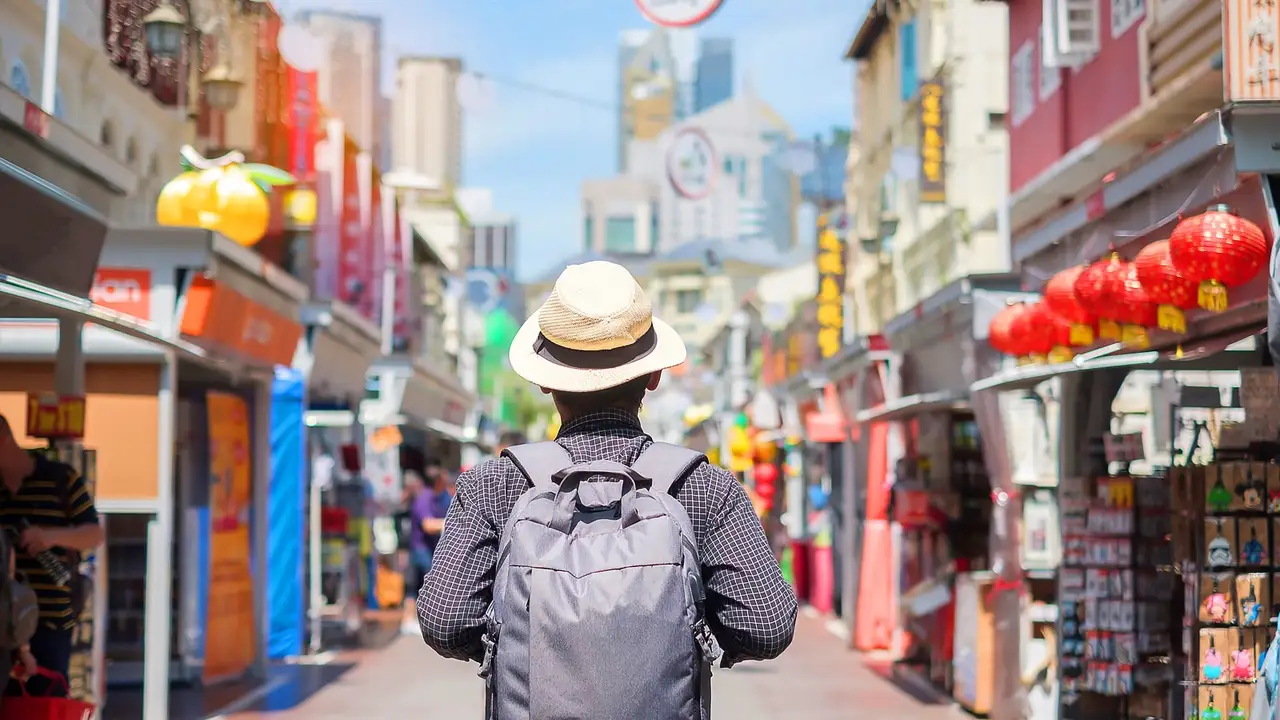Healthcare for Digital Nomads
Unlock your global office with our Digital Nomad Visa Guide. This essential resource details visa options for US citizens seeking remote work opportunities in Southeast Asia. Explore entry requirements, application processes, and tips for staying compliant with local regulations.

Why Healthcare is Crucial for Digital Nomads in Southeast Asia
Okay, let's talk healthcare. When you're jetting around Southeast Asia, chasing sunsets and Wi-Fi signals, the last thing you want to worry about is getting sick or injured. But hey, life happens, right? Having a solid healthcare plan isn't just a good idea; it's essential. Think of it as your safety net, allowing you to focus on your work and adventures without the constant fear of financial ruin should something go wrong.
Understanding Healthcare Systems in Southeast Asia for Remote Workers
Southeast Asia is a diverse region, and each country has its own unique healthcare system. Some countries offer universal healthcare to citizens and residents, while others rely heavily on private healthcare. As a digital nomad, you'll likely be accessing private healthcare, which generally offers higher standards of care and shorter waiting times. However, it can also be more expensive. Researching the healthcare system of each country you plan to visit is super important. Knowing where to go for treatment and what to expect can save you a lot of stress later.
Travel Insurance Options for US Digital Nomads in Southeast Asia: A Detailed Comparison
Travel insurance is your best friend when you're a digital nomad. It covers unexpected medical expenses, trip cancellations, lost luggage, and more. But with so many options out there, how do you choose the right one? Let's break down some popular choices:
World Nomads: The Popular Choice
World Nomads is a favorite among digital nomads for a reason. They offer comprehensive coverage, including medical emergencies, evacuation, and even coverage for certain adventure activities. Plus, you can purchase or extend your policy even after you've already started your trip.
- Pros: Flexible coverage, good for adventure activities, can extend coverage while traveling.
- Cons: Can be more expensive than other options.
- Price: Varies depending on coverage and duration, but expect to pay around $100-$200 per month.
- Use Case: Best for nomads who engage in adventure activities or require high levels of coverage.
SafetyWing: Affordable and Convenient
SafetyWing is specifically designed for digital nomads and remote workers. They offer affordable, subscription-based insurance that covers medical expenses, travel delays, and lost luggage.
- Pros: Affordable, subscription-based, easy to use.
- Cons: Coverage may not be as comprehensive as World Nomads.
- Price: Around $42 per month.
- Use Case: Great for budget-conscious nomads who need basic medical coverage.
IMG Global Medical Insurance: Comprehensive Global Coverage
IMG offers a range of global medical insurance plans suitable for long-term travelers and expats. Their plans provide extensive coverage, including access to a global network of doctors and hospitals.
- Pros: Comprehensive coverage, global network of providers, customizable plans.
- Cons: Can be more expensive than other options.
- Price: Varies widely depending on coverage, but expect to pay upwards of $200 per month.
- Use Case: Ideal for nomads who need comprehensive medical coverage and access to a global network of providers.
Understanding Policy Exclusions and Limitations for Digital Nomad Medical Coverage
Read the fine print! All insurance policies have exclusions and limitations. Make sure you understand what's covered and what's not. Common exclusions include pre-existing conditions, certain adventure activities, and treatment for specific illnesses. Knowing these limitations can prevent unpleasant surprises down the road.
Local Medical Facilities and Emergency Services in Southeast Asia: What to Expect
In case of a medical emergency, knowing where to go is critical. Major cities in Southeast Asia have modern hospitals and clinics with English-speaking staff. However, healthcare facilities in rural areas may be more limited. It's a good idea to research the location of hospitals and clinics in the areas you plan to visit. Also, familiarize yourself with local emergency numbers (like 911 in the US) and how to access ambulance services.
Vaccinations and Preventative Measures: Staying Healthy on the Road
Before you embark on your digital nomad adventure, make sure you're up-to-date on vaccinations. Consult with your doctor or a travel clinic to determine which vaccinations are recommended for the countries you plan to visit. Common vaccinations for Southeast Asia include hepatitis A and B, typhoid, and Japanese encephalitis. Also, take preventative measures to protect yourself from mosquito-borne illnesses like dengue fever and malaria. Use insect repellent, wear long sleeves and pants, and sleep under a mosquito net.
Telemedicine Options for Remote Consultations While Traveling
Telemedicine is a game-changer for digital nomads. It allows you to consult with doctors remotely, no matter where you are in the world. Several telemedicine platforms offer virtual consultations, prescription refills, and even mental health support. This can be a convenient and affordable way to access healthcare while you're traveling.
DIY First Aid Kit Essentials for Digital Nomads: What to Pack
Putting together a basic first-aid kit is a must. Include essentials like bandages, antiseptic wipes, pain relievers, antihistamines, and any prescription medications you take regularly. Also, consider adding items specific to Southeast Asia, such as anti-diarrheal medication and rehydration salts. A well-stocked first-aid kit can help you handle minor injuries and illnesses on your own.
Maintaining Mental Well-being While Working Remotely Abroad: Mental Health Resources
Don't forget about your mental health! Living and working abroad can be exciting, but it can also be stressful. It's important to prioritize your mental well-being and seek support when you need it. Several online resources offer mental health support for digital nomads, including therapy, counseling, and support groups. Also, make time for self-care activities like exercise, meditation, and spending time with loved ones.
Staying Active and Healthy: Fitness Tips for Digital Nomads on the Move
Staying active while traveling can be challenging, but it's essential for your physical and mental health. Look for opportunities to exercise wherever you are. Go for a run in the park, take a yoga class, or explore your surroundings on foot. Even small amounts of exercise can make a big difference. Plus, staying active can help you combat jet lag and boost your energy levels.
Product Recommendations: Specific Healthcare Products for Digital Nomads
Water Purifiers: Ensuring Safe Drinking Water
Access to clean drinking water can be a concern in some parts of Southeast Asia. A portable water purifier can give you peace of mind and protect you from waterborne illnesses.
- LifeStraw Personal Water Filter: A lightweight and affordable option for filtering water from streams and lakes. ($20)
- Grayl Geopress Water Purifier: A more advanced purifier that removes viruses, bacteria, and protozoa. ($90)
Mosquito Repellents: Protecting Against Insect Bites
Protect yourself from mosquito bites with a high-quality insect repellent. Look for repellents containing DEET or picaridin.
- Sawyer Products Premium Insect Repellent: Contains 20% picaridin and provides long-lasting protection. ($10)
- Repel 100 Insect Repellent: Contains 98% DEET for maximum protection. ($8)
Travel First Aid Kits: Prepared for Minor Injuries
A well-stocked travel first aid kit is essential for handling minor injuries and illnesses on the road.
- Adventure Medical Kits Ultralight Watertight .7 Medical Kit: A compact and lightweight kit with essential supplies. ($25)
- First Aid Only All-Purpose First Aid Kit: A comprehensive kit with a wide range of supplies. ($15)
:max_bytes(150000):strip_icc()/277019-baked-pork-chops-with-cream-of-mushroom-soup-DDMFS-beauty-4x3-BG-7505-5762b731cf30447d9cbbbbbf387beafa.jpg)






